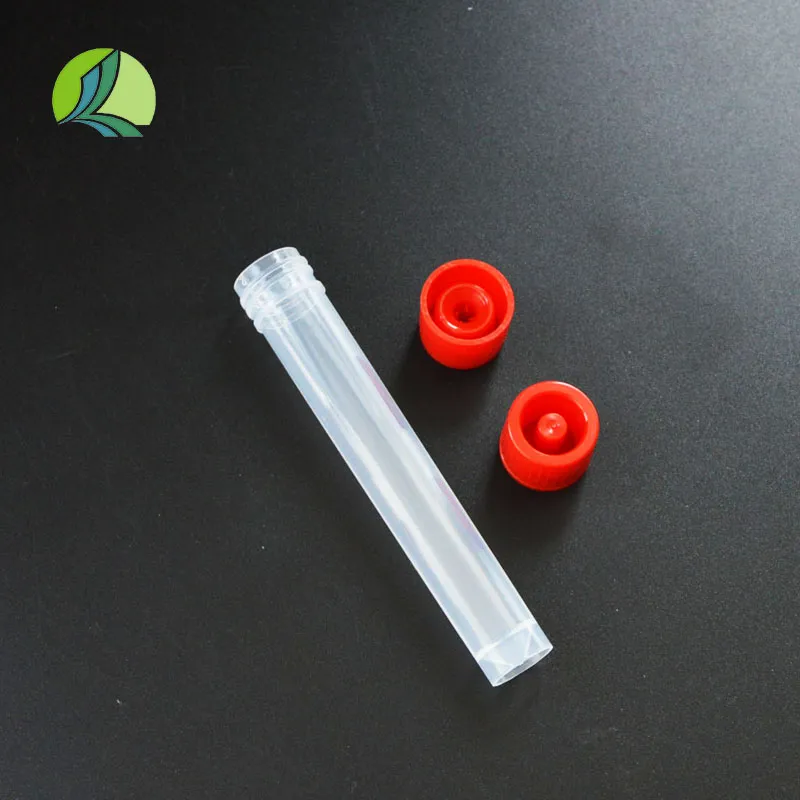
-
 Afrikaans
Afrikaans -
 Albanian
Albanian -
 Amharic
Amharic -
 Arabic
Arabic -
 Armenian
Armenian -
 Azerbaijani
Azerbaijani -
 Basque
Basque -
 Belarusian
Belarusian -
 Bengali
Bengali -
 Bosnian
Bosnian -
 Bulgarian
Bulgarian -
 Catalan
Catalan -
 Cebuano
Cebuano -
 Corsican
Corsican -
 Croatian
Croatian -
 Czech
Czech -
 Danish
Danish -
 Dutch
Dutch -
 English
English -
 Esperanto
Esperanto -
 Estonian
Estonian -
 Finnish
Finnish -
 French
French -
 Frisian
Frisian -
 Galician
Galician -
 Georgian
Georgian -
 German
German -
 Greek
Greek -
 Gujarati
Gujarati -
 Haitian Creole
Haitian Creole -
 hausa
hausa -
 hawaiian
hawaiian -
 Hebrew
Hebrew -
 Hindi
Hindi -
 Miao
Miao -
 Hungarian
Hungarian -
 Icelandic
Icelandic -
 igbo
igbo -
 Indonesian
Indonesian -
 irish
irish -
 Italian
Italian -
 Japanese
Japanese -
 Javanese
Javanese -
 Kannada
Kannada -
 kazakh
kazakh -
 Khmer
Khmer -
 Rwandese
Rwandese -
 Korean
Korean -
 Kurdish
Kurdish -
 Kyrgyz
Kyrgyz -
 Lao
Lao -
 Latin
Latin -
 Latvian
Latvian -
 Lithuanian
Lithuanian -
 Luxembourgish
Luxembourgish -
 Macedonian
Macedonian -
 Malgashi
Malgashi -
 Malay
Malay -
 Malayalam
Malayalam -
 Maltese
Maltese -
 Maori
Maori -
 Marathi
Marathi -
 Mongolian
Mongolian -
 Myanmar
Myanmar -
 Nepali
Nepali -
 Norwegian
Norwegian -
 Norwegian
Norwegian -
 Occitan
Occitan -
 Pashto
Pashto -
 Persian
Persian -
 Polish
Polish -
 Portuguese
Portuguese -
 Punjabi
Punjabi -
 Romanian
Romanian -
 Russian
Russian -
 Samoan
Samoan -
 Scottish Gaelic
Scottish Gaelic -
 Serbian
Serbian -
 Sesotho
Sesotho -
 Shona
Shona -
 Sindhi
Sindhi -
 Sinhala
Sinhala -
 Slovak
Slovak -
 Slovenian
Slovenian -
 Somali
Somali -
 Spanish
Spanish -
 Sundanese
Sundanese -
 Swahili
Swahili -
 Swedish
Swedish -
 Tagalog
Tagalog -
 Tajik
Tajik -
 Tamil
Tamil -
 Tatar
Tatar -
 Telugu
Telugu -
 Thai
Thai -
 Turkish
Turkish -
 Turkmen
Turkmen -
 Ukrainian
Ukrainian -
 Urdu
Urdu -
 Uighur
Uighur -
 Uzbek
Uzbek -
 Vietnamese
Vietnamese -
 Welsh
Welsh -
 Bantu
Bantu -
 Yiddish
Yiddish -
 Yoruba
Yoruba -
 Zulu
Zulu
Types of Plastic Used in Soda Bottles and Their Environmental Impact
The Sustainability Challenge of Soda Bottle Plastic Types
In today's environmentally conscious society, the impact of plastic waste has become a significant concern, particularly regarding products that are ubiquitous in our daily lives, such as soda bottles. From picnics in the park to gatherings with friends, soda bottles are a staple. However, the types of plastics used to manufacture these bottles and their subsequent environmental effects have ignited a critical debate over sustainability and responsible consumer behavior.
Soda bottles are primarily made from polyethylene terephthalate (PET), a type of plastic known for its strength and transparency. PET is valued for its ability to be recycled and reused, which is essential for reducing plastic pollution. In fact, it is one of the most recycled plastics globally. When properly processed, recycled PET (rPET) can be regenerated into new bottles, fabrics, or even insulating materials. However, the recycling rate for PET is not as high as it could be, with statistics showing that only about 30% of PET bottles are recycled in many regions. This underscores the need for enhanced recycling technologies and more robust consumer participation.
The Sustainability Challenge of Soda Bottle Plastic Types
There’s also a growing trend toward using bioplastics in the production of soda bottles as an alternative to traditional plastic. Bioplastics are derived from renewable resources, such as corn starch, and are designed to be more environmentally friendly. They can reduce the carbon footprint of beverage production and offer a biodegradable solution. However, the uptake of bioplastics in the soda industry is still limited due to their higher production costs and the challenges associated with their disposal and recycling.
soda bottle plastic type

Moreover, the aesthetic and functional characteristics of soda bottles have led to innovations in design and material use. The introduction of lightweight plastic technologies reduces the amount of plastic consumed in production, though this can sometimes compromise the recyclability of the bottles. Consequently, creating a soda bottle that balances durability, functionality, and environmental responsibility is a significant challenge for manufacturers.
Consumers, too, play a vital role in the environmental impact of soda bottles. Educating the public about proper recycling practices, promoting the use of refillable or recyclable containers, and encouraging companies to adopt sustainable manufacturing processes are critical steps. Some brands have begun initiatives to offer incentives for returning used bottles, a practice that has proven effective in certain regions.
Additionally, regulations and policies around plastic usage are evolving, with many governments considering strict measures to limit single-use plastics. These potential regulations often aim to hold manufacturers accountable for their production practices and encourage innovation in creating sustainable packaging alternatives.
In conclusion, the types of plastics used in soda bottle production reveal a complex interplay of convenience, environmental impact, consumer behavior, and policy. As society shifts toward sustainability, it is imperative to recognize both the problem and the potential solutions. Balancing the production and use of soda bottles with the urgent need to protect our environment presents an ongoing challenge, requiring collective action from consumers, manufacturers, and policymakers alike. The future of soda bottles may soon depend not just on consumer preference but also on the relentless pursuit of ecological stewardship.
-
Premium 200ml Medicine Bottles – Leakproof Dropper & Spray Options at Best PriceNewsJul.05,2025
-
PTFE Centrifuge Tubes - Chemical Resistant, Leak-proof, Ideal for Laboratory UseNewsJul.05,2025
-
Premium Metal Dropper Bottle for Precise Dispensing 250ml & 1ml Options AvailableNewsJul.04,2025
-
20 ml Headspace Vials - High Quality Polyethylene & Plastic Vials for Lab UseNewsJul.04,2025
-
Small Bottle with Pipette - Precise Dispensing 100ml Pipette Bottles for Essential Oils & Lab UseNewsJun.24,2025
-
Acetic Anhydride Bottle for Accurate Dropper Measurement in Pharmacy Use High-Quality Dropper BottlesNewsJun.10,2025






















